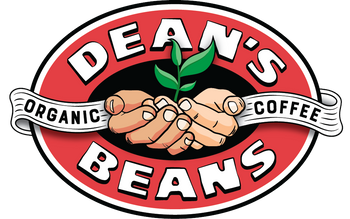Home Roasting
A Beginner's Guide to Roasting Coffee
Roasting your own coffee at home is an adventurous way to enhance your everyday coffee ritual. It's the ultimate DIY experience! But it can quickly get complicated, and there are tons of different factors that play a role in getting it right. There are full on coffee roasting schools now; it's being elevated to rocket science levels out there. You can get technical, but it's also still really fun at the basic level. We're going to give you some of those basics here, and we welcome questions and advice (just shoot us an email).
There are many different ways to roast your own coffee at home: hot air poppers, woks on the stove top, in the oven, and many home roaster machines now on the market. Some methods are more difficult than others. What all of these methods have in common are:
- keeping the beans in motion during roasting
- bringing the coffee through the four stages of the roasting process.
The flavor of your coffee will ultimately depend on the beans you select and the approach you take to roasting them.
The Stages of Roasting
Remember, this is just a primer to home roasting! We'll explain more later, and there are tons of nuances, but here is the basic outline of the four main stages of roasting coffee.
1. Drying
During this first stage, the majority of the bean's moisture is being driven off (most green beans are about 10-12% moisture before roasting). At the end of this stage, the bean's sugars begin to cook and undergo changes. When the beans have dried, they become yellow in color and emit a grassy, earthy smell.
2. Caramelization & Acid Development
In this stage, the beans will just start to brown. They will emit a bready smell if you've done it right. At the end of this stage many reactions begin, and the beans start giving off steam and CO2.
3. First Crack
This stage is marked by the beginning of “first crack” (an audible popping) and is where you will balance your roast. If you roast too long, you may over caramelize and get bitter flavors. If you roast too fast, you may have a cup of unpalatable acid. In this stage, the beans will start to develop a deeper brown color.
Coffee may be cooled and brewed after the first crack (called a City roast), or you can keep roasting as the beans take on a velvet and then a dark color. Then comes the "second crack" which indicates the beginning of the darkest stages of roasting. Once you're in the second crack stage, it is time to start cooling the beans (unless you want to start a fire!).
4. Cooling
This is the simplest part of the roast, but can be the most challenging with limited equipment at home. The idea is to cool the roast to ambient temperatures in as close to four minutes as possible.
